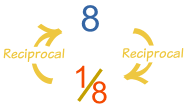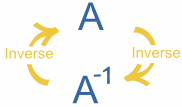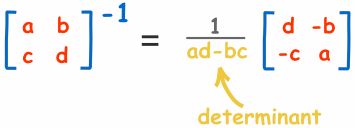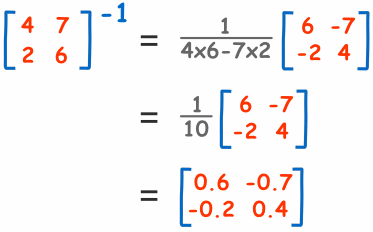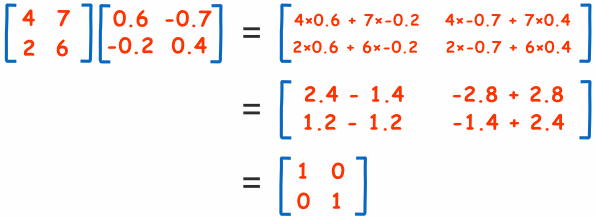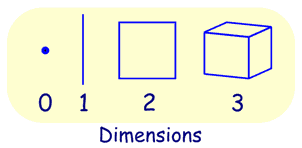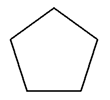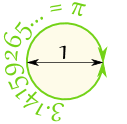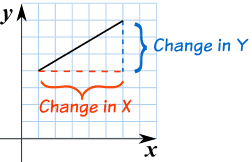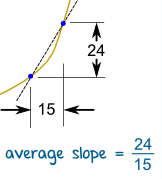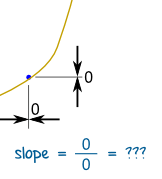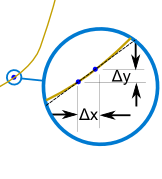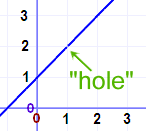Why learn math?
When are we ever going to use this? I’m sure other teachers hear this but it seems to be especially prevalent in math classes.
This question is frustrating for two reasons. 1) There is an implied “if you can’t answer then I don’t have to learn it.” 2) I could come up with an infinite number of answers and they, probably, would not be adequate. Students invariably say yeah yeah, but I don’t planning on doing that.
But it is a fair question. I’ve created this blog, in part, to hone my answers. Here are my current top ten reasons. (They are not in any particular order except, perhaps, #1 and 10.)
Learning math can help you….
10. Prepare for a career.
In my humble opinion, this is the least important reason to learn math….
9. Develop problem solving skills.
You can only develop problem solving skills by …wait for it… solving problems. I don’t mean problems where the teacher shows you an example and you do 20 problems just like it. I am referring to problems you’ve never seen before. Math gives you practice in organizing what you know, rearranging information, testing hypotheses, etc. These are the same skills you can use in everyday life. Unfortunately, most teachers (including myself… There’s that stupid test each year) take the problem solving element out of math class.
8. Increase your capacity to think analytically
Without props, without manipulatives…. Just with your brain…
7. Be able to learn science
6. Argue better
5. Be less gullible
Astrology is completely bogus. This can be demonstrated. If you don’t understand or believe the reasons (or can’t sit through an explanation), you’re missing some of the skills mentioned above and your math teachers should be fired, (except for the fact that learning is, ultimately, the students’ responsibility.)
4. Distinguish us from animals
What makes humans different? Build tools? Nope, certain apes do it, even ants. Develop language? Nope, dolphins, birds, and primates beat us to it. Use money?
Nope. One reason is our ability to think and communicate abstract ideas. One language for doing so is mathematics. (To be fair there are many others: art, music, literature, etc.)
3. Better appreciate the history of our civilization
Wait, what?
The industrial revolution was made possible because of thermodynamics which require an understanding of differential equations which is the main sequel to Newton’s calculus. The exploration of the world happened because the Egyptians knew the earth was round. etc.
2. So you don’t look like an idiot
And to show off at parties…
1. If you understand math…. And can read, you can teach yourself anything….
So when I ask you, “why is math important.” if you say, “to count my money.” I will start banging my head against the wall.
information fromhttp://wildmath.org/2012/07/18/top-10-reasons-to-learn-math-a-hed-manifesto/
 .
.  over an x-interval of
.
over an x-interval of
.



